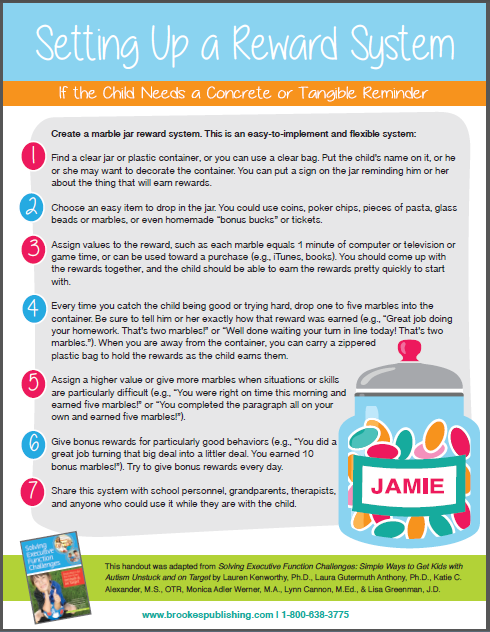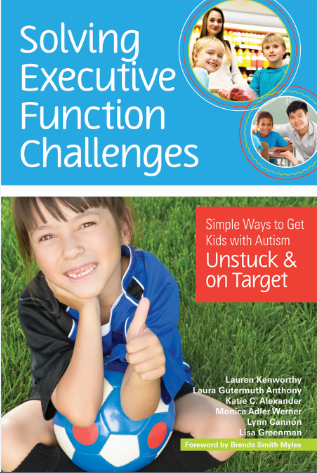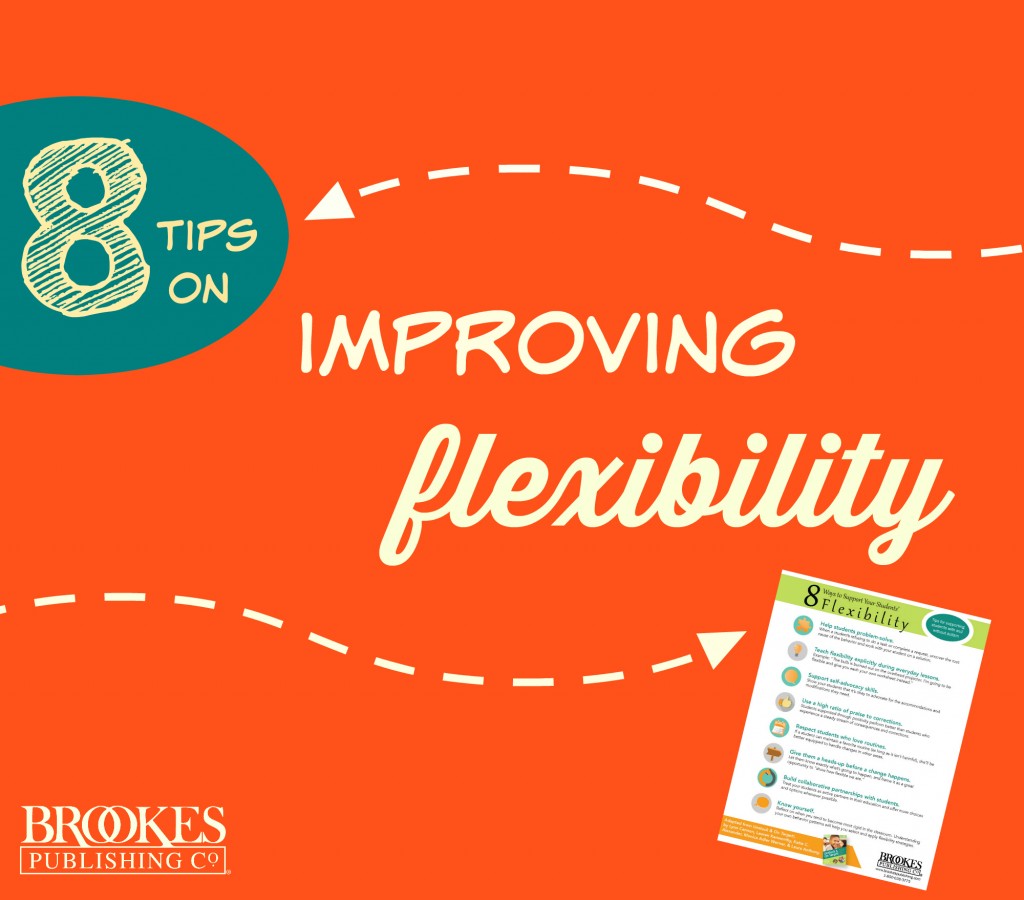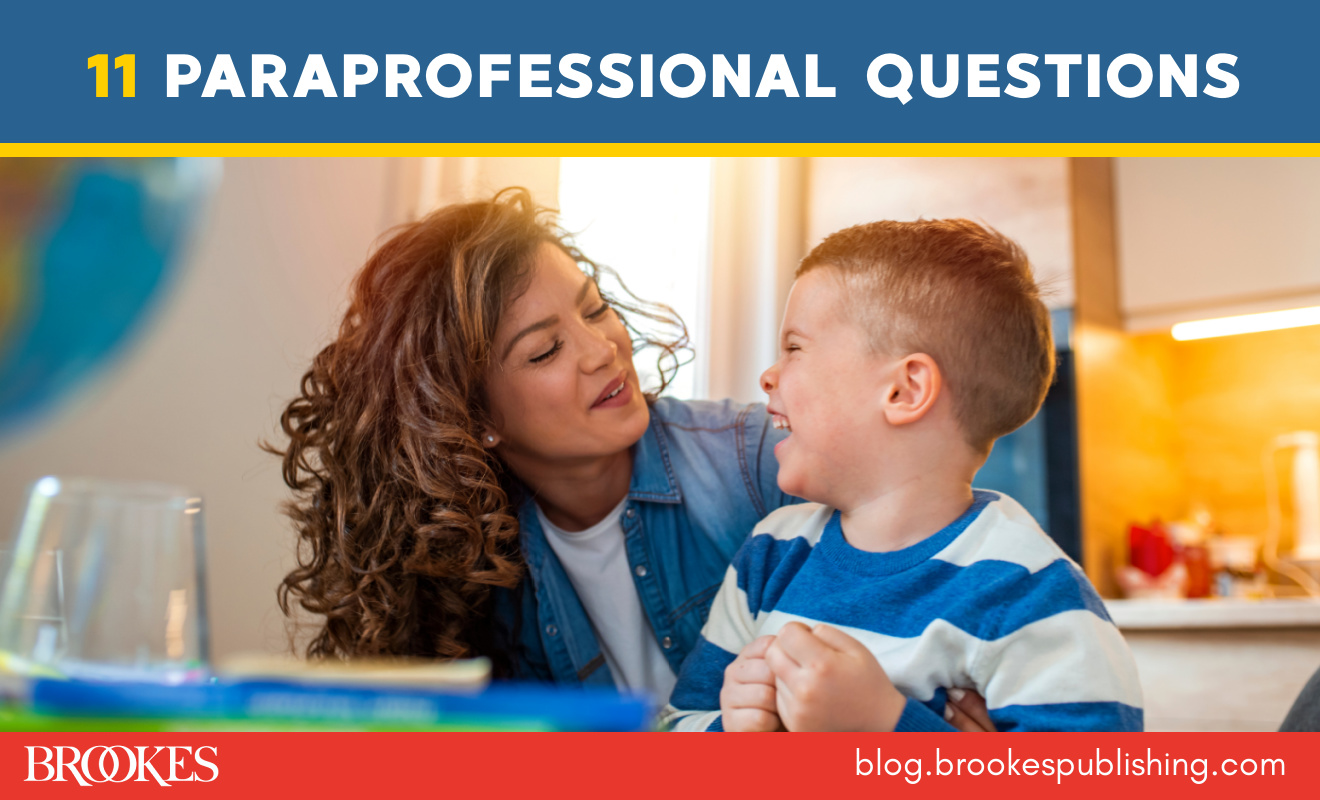Don’t Get Stuck in Whimland: Helping Students Set Goals and Stay On Target
November 3, 2015
 In any classroom, it’s important for all students to have big-picture academic and social goals they’re working toward. But you might notice that some students, including those on the autism spectrum, can have trouble integrating information and determining what’s most important in a situation. Some students can get easily distracted by the details and lose sight of that big picture (face it, we all do that sometimes!).
In any classroom, it’s important for all students to have big-picture academic and social goals they’re working toward. But you might notice that some students, including those on the autism spectrum, can have trouble integrating information and determining what’s most important in a situation. Some students can get easily distracted by the details and lose sight of that big picture (face it, we all do that sometimes!).
That’s why it’s so important for teachers to:
- Help students choose big, overarching “target goals” that may take a long time to achieve
- Give explicit instruction to help them distinguish between target goals and whims
- Support students in letting go of whims so they don’t conflict with the target goal
Using suggestions and scripts from the book Solving Executive Function Challenges, this post will give you some pointers on helping kids choose and reach their overarching goals–and sidestep those pesky whims that can derail their progress.
Teaching the difference
So first, how do you teach kids about target goals and whims? Here are some guidelines:
Define them
A target goal is an important big-picture goal that’s overarching in nature, may include multiple steps, and often takes a long time to achieve.
Examples: Getting an A in math, being a good friend, turning in all homework assignments on time
Whims are distractors that can interfere with reaching a target goal.
Examples: Playing video games instead of studying for the math test, cutting in line ahead of a friend, watching TV instead of doing homework
Create a visual
To paint a memorable picture of the relationship between target goals and whims, have your students think of an arrow moving toward a big target.
Anything that diverts the arrow from the target is a whim.
Empathize
Tell your students how tough it can be–even for adults–to strike the perfect balance between working toward target goals and giving in to whims. Everyone likes to have fun, and it’s often difficult to postpone or avoid an enjoyable activity in favor of taking one more step toward a bigger goal. You might want to share a time when a whim got you off track and delayed one of your target goals.
Watch your language
Note that the words “target goal” and “whim” might not be the terms your students will best respond to. You can try these alternatives if they work better for your class:
Alternate verbiage for target goals:
- Big goal
- Main goal
- Big picture
- On track
- Aim for the target
- Keep your eye on the ball
Alternate verbiage for whims:
- Want
- Desire
- Little goal
- Off track/derailment
- Off target
- Distraction/distractor
Making it fun
Here are 6 fun and easy things you can do to keep students on track to meet their target goals:
- Link target goals to your reinforcement system. Give little rewards for achieving goals and avoiding or postponing whims. (The authors of Solving Executive Function Challenges point out that rewards are particularly powerful motivators for students with autism, who may lack the internal motivation that keeps their peers on target.)
- Highlight what’s going well. Offer lots of specific praise and encouragement when kids stay focused on the big picture.
- Use heroic examples. Give students a hypothetical situation to think about: “Superman’s target goal is to rescue people from danger. What would happen if Superman decided to stop for a donut?” To make the most of this strategy, use examples featuring your students’ personal heroes.
- Play games. Have a game of Whim Whammy–brainstorm potential whims before a major classroom activity starts. It’ll help get your entire class ready to stay on target and finish the activity.
- Embed goals in other games. Add target goals (e.g., to have fun, to be a good sport) when playing your regularly scheduled classroom games. Make up rewards for achieving them and ignoring whims.
- Help kids “reschedule” whims. Say things like: “I know you want to go first now, but your target goal is to be a good friend. If you let your friend go first now, you can go first next time.” Students may find it easier to delay whims instead of rejecting them altogether.
Giving verbal supports
Have some scripts on hand that you can use to give students feedback when they’re veering off track, or when they avoid whims and work toward their target goal. Here are 12 sample verbal supports you can use to keep kids on target:
“I can see you really want to keep Jake as your friend. I think your target goal is to be a good friend.”
“Are you on target right now?”
“I know this is fun, but do you think it is getting us off target?”
“I know this is fun; let’s plan another time to do it so it doesn’t get in the way of our target goal.”
“I know you really want to be a video game programmer. If this is your target goal, what are the things you need to do to accomplish this goal?”
“Let’s stay on target until we reach our goal; then we can take a break.”
“Is that your target goal or is that a whim?”
“Great job choosing your target goal.”
“Way to stay on target!”
“You just figured out a way to accomplish that whim at a different time so it didn’t get in the way of your target goal.”
“You ignored something that you really wanted so that you could keep your eyes on the ball–excellent work!”
“I can tell you really wanted to give in to that whim, but you chose to stay on target, and that will help you get something even more important more quickly!”
What’s worked for your students? What are some strategies you use to keep kids with and without disabilities on target and focused on the big picture? Add your suggestion in the comments below!
Setting Up a Reward System. If your student needs a tangible reminder to stay focused on goals, here’s a handy tip sheet on creating a reward system.
Learn more about the book Solving Executive Function Challenges—an in-depth guide to helping kids be
flexible, get organized, and work toward goals. (It’s geared toward students with autism, but many of the strategies could work for a wide range of students.)
Read about 8 ways to increase students’ cognitive flexibility in this post adapted from the companion book, Unstuck & On Target!
Never miss an Inclusion Lab post! Subscribe today to get alerts when a new post goes up.










Write a Comment
Your email address will not be published. Required fields are marked *
Post a Comment